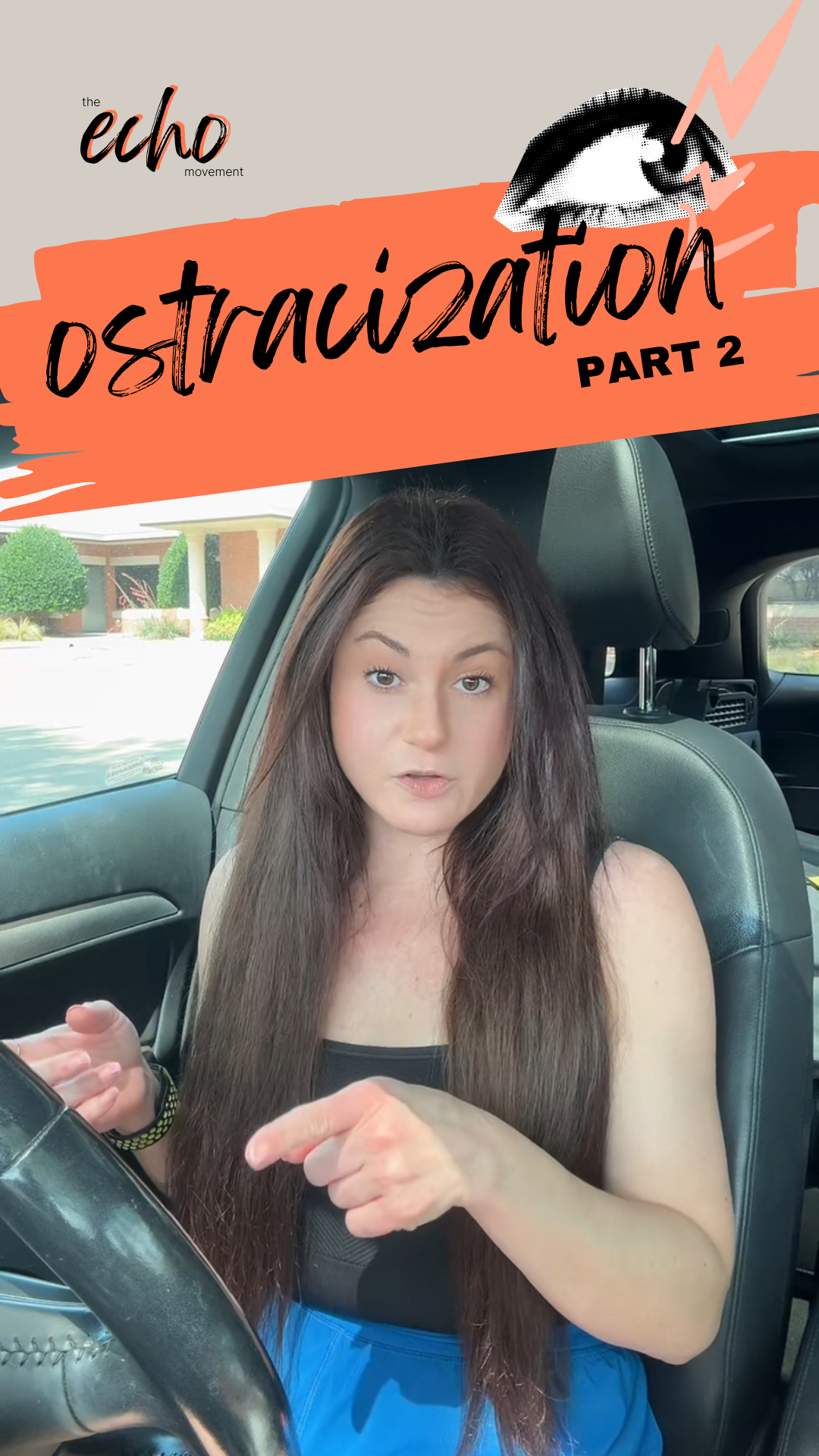When a group of nurses in Santa Barbara went viral for mocking their patients on social media — showing stained exam pads and shaming those they were supposed to care for — it sent shockwaves across the country. Yes, the nurses were fired. But let’s be honest: the only reason they faced real consequences was because the video went public.
If it hadn’t gone viral? It likely would’ve been a slap on the wrist. That’s the problem with accountability in healthcare: when patients file complaints, they aren’t reviewed by an independent body. They’re judged by peers. And that creates bias that protects doctors and nurses instead of patients.
“A spokesperson for Sacramento-based health system Sutter Health said that, although the original poster was not an employee at the time the video was posted, others who appeared in it had been terminated.”
— LA Times, TikTok video showing Santa Barbara clinic staff mocking patients stirs anger
The Problem With State Medical Boards
Most state medical boards are heavily composed of healthcare professionals, leaving public voices in the minority.
Across the U.S., 70–80% of board members are physicians, while only 20–30% represent the public. This imbalance means doctors and nurses often hold the majority of voting power, leaving patients’ concerns underrepresented.
Source: FSMB – State Medical Board Structure
Why Bias in Healthcare Oversight Matters
When misconduct is reported, physicians know the years of money, time, and effort it takes to become a doctor. That bias makes them less likely to hold their peers accountable. As a result:
- Misconduct gets ignored or minimized.
- Victims of workplace bullying in healthcare are silenced.
- Patients lose trust in the very system meant to protect them.
And the impact is massive. The Workplace Bullying Institute reports that bullying is most prevalent in healthcare, costing the U.S. billions of dollars annually in turnover, lawsuits, and trauma to patients and staff alike.
Healthcare Should Heal, Not Humiliate
This isn’t just about one group of Santa Barbara nurses. It’s about a broken accountability system where patients can’t trust boards to protect them. Filming content in hospitals or doctor’s offices should be banned altogether. Patients deserve privacy, dignity, and safety — not to be turned into TikTok content.
For me personally, I filed a complaint with the Arizona Medical Board months ago. I was told I’d hear back in three months. It’s been over five. Silence. That silence says everything about how accountability really works in healthcare.
Arizona Medical Board = 10 Listed Board Members
Take the Arizona Medical Board as an example. On paper, it has 10 board members. But here’s the breakdown: 7 are physicians, 2 are actual public/consumer members, and 1 is a nurse — who’s still listed as a “public” member.
That’s not public representation, that’s stacking the deck. Calling a nurse a “consumer” is misleading because they are still part of the healthcare profession. This setup makes it look like patients have a voice when in reality, the majority is still doctors policing other doctors.
It’s smoke and mirrors, and patients are the ones paying the price.
What Needs to Change
- Shift the balance: Public and consumer members must make up the majority of state medical boards — not the minority.
- Independent oversight: Complaints against healthcare professionals shouldn’t be judged only by their peers.
- Cultural change: The healthcare industry must address its bullying epidemic, from hospitals to medical boards, if patients are ever going to be safe.






